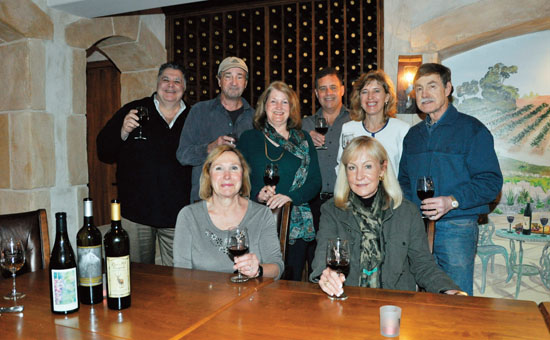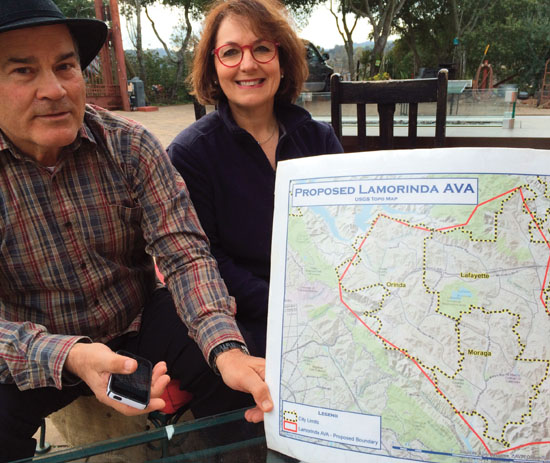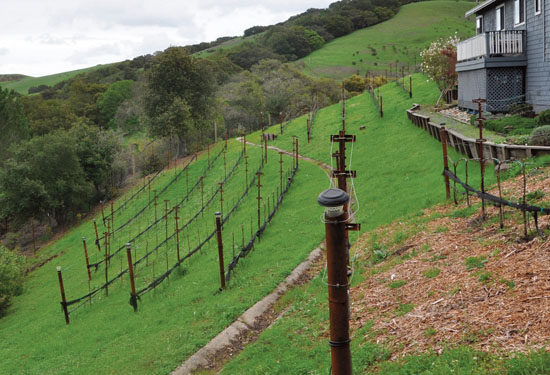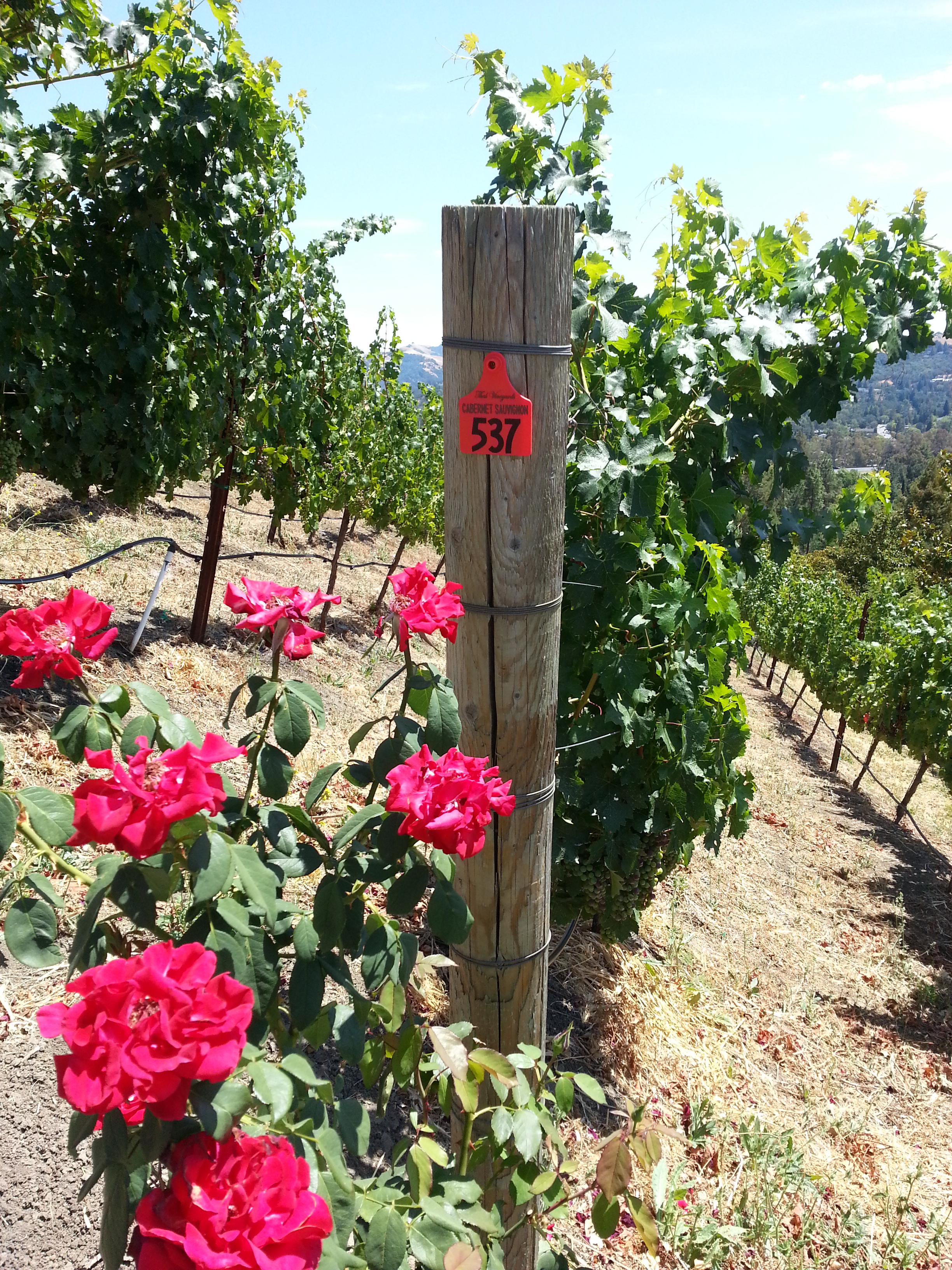 |
|
|
| Published March 9th, 2016 |
||||||||
| Lamorinda Now a Name of Viticultural Significance |
||||||||
| By Sophie Braccini | ||||||||
After years of gathering data to demonstrate to the Alcohol and Tobacco Tax and Trade Bureau that Lamorinda is indeed a distinctive region, local winegrowers were celebrating Feb. 24 after the TTB established the 29,369 acres of Lamorinda as an American Viticultural Area (AVA). |
||||||||
 |
||||||||
| Various members of the Lamorinda Wine Growers Association celebrate the new AVA. Front row, from left: Alissa Scanlin, and Leslie Ward; back row: Tony Inzerillo, Larry Haag, Carol Haag, Bill Scanlin, Vlatka Bathgate, and Bill English. | ||||||||
 |
||||||||
| Sal and Susan Captain showing the Lamorinda AVA map Photo Sophie Braccini | ||||||||
| Reach the reporter at: | ||||||||
|
|

